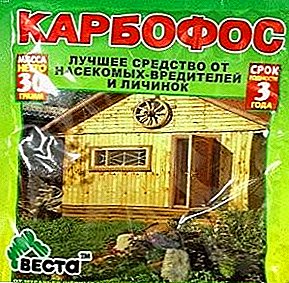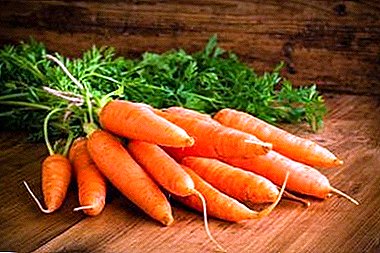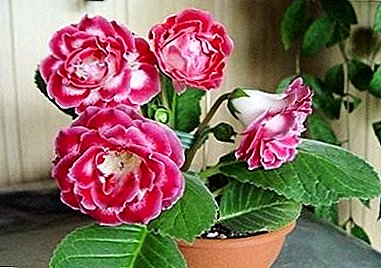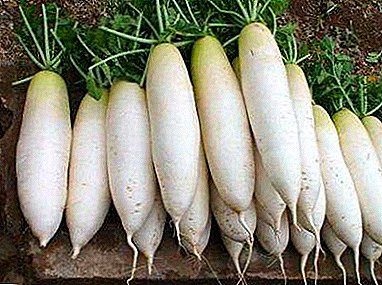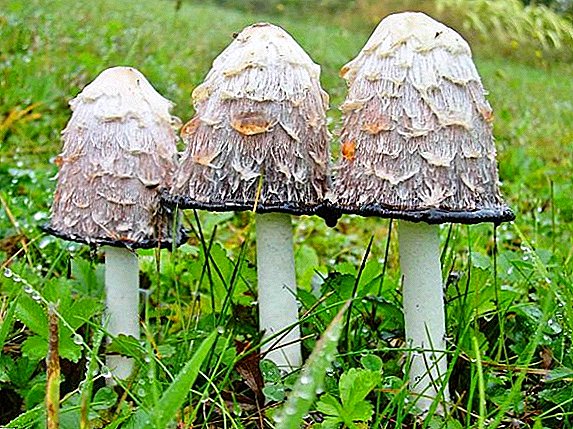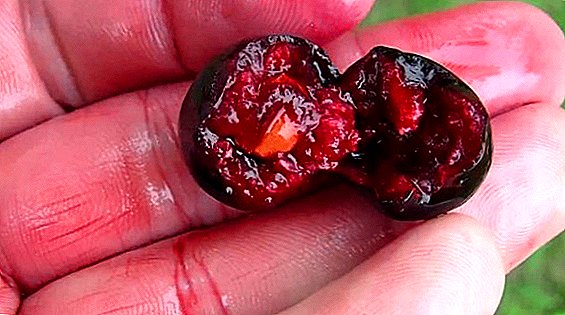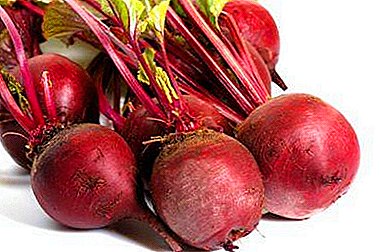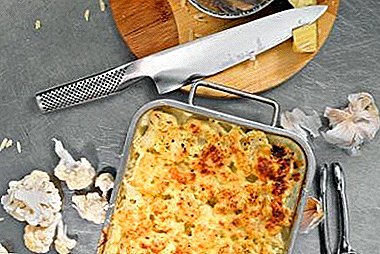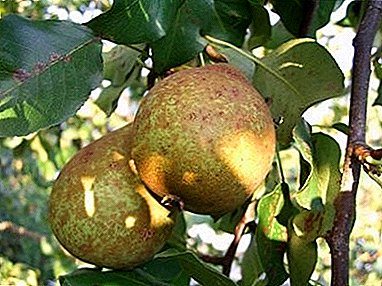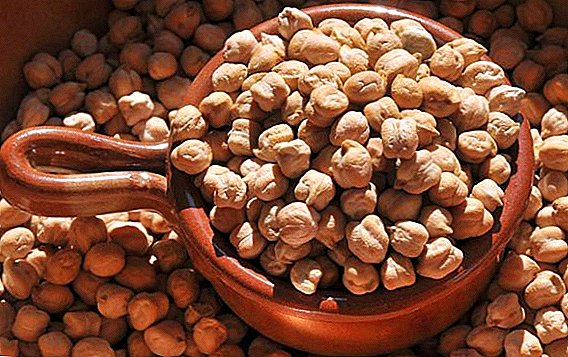 Mutton chickpea, or chickpea, is an exotic product for our region, but it is increasingly appearing on store shelves. It has a pleasant taste, belongs to the most useful legumes and has a very diverse use in cooking. Often used in vegetarian and vegan cuisine, as well as those who adhere to the rules of a healthy balanced diet. In the East, chickens began to be cultivated long before our era, because even then they knew about the amazing beneficial properties of the product for the human body.
Mutton chickpea, or chickpea, is an exotic product for our region, but it is increasingly appearing on store shelves. It has a pleasant taste, belongs to the most useful legumes and has a very diverse use in cooking. Often used in vegetarian and vegan cuisine, as well as those who adhere to the rules of a healthy balanced diet. In the East, chickens began to be cultivated long before our era, because even then they knew about the amazing beneficial properties of the product for the human body.
How rich is an exotic product?
The great benefits of chickpeas lies in its rich composition. Bean culture contains more than 80 nutrients and is recommended for daily consumption. Also, chickpea is a low-calorie and nutritious product that permanently satiates without harm to the figure. The caloric value of 100 g servings of boiled chickpeas is only 127 kcal.
The ratio of BZHU in the product is as follows:
- proteins - 8.3 g;
- fats - 1.9 g;
- carbohydrates - 19.3 g
 Among the nutrients in chick peas are the following:
Among the nutrients in chick peas are the following:
- vitamins: A, B1, PP, beta carotene;
- macronutrients: potassium, phosphorus, sulfur, calcium, magnesium, silicon;
- trace elements: cobalt, manganese, copper, molybdenum, selenium, ferum, zinc, iodine;
- Cellulose - 10 g;
- ash - 3 g;
- starch - 43 g;
- sugar - 3 g
It is worth noting that the amount of vitamins in chickpeas is rather modest, however, this culture is a real record holder in the content of micro and macro elements, the number of which in one portion of the product is able to cover the daily rate of an adult.
Did you know? In the XVII-XVIII centuries, a special drink was brewed in Europe on the basis of milled chickpea, which was supposed to be an alternative to coffee.
Why is chickpea useful?
A huge set of useful substances turns chickpeas into a natural remedy for the control and prevention of many diseases. The great advantage of the product is that during the heat treatment all the useful substances in it are saved. This product is indispensable in the diet of vegetarians, vegans and raw foodists, as it can completely replace meat and become a source of protein and amino acids. 
For the immune system
Chickpeas strengthen the immune system, so in the autumn-winter period it is an excellent preventive measure against flu, colds and even a common cold. Immunomodulatory effect of the product provides an essential amino acid lysine. It promotes the development of specific immune cells that resist viruses and bacteria.
Read also about such legumes as peas: nutritional value, composition, beneficial properties and harm; recipes blanks for the winter, drying, freezing.
For the cardiovascular system
The beneficial effect of the legume extends to the cardiovascular system due to the high content of various minerals. Thus, its use reduces the risk of stroke and heart attack, as well as cataracts. Potassium and magnesium, which are part of the legume, provide the right heart rate and blood pressure, protect the vessels from salt deposits, nourish the heart muscle.
For digestion
The use of chickpeas has a beneficial effect on the work of the digestive system. This product in the diet has a preventive effect against disorders in the gastrointestinal tract, promotes the elimination of toxins, normalizes the microflora: destroys pathogenic microorganisms and creates a favorable environment for the friendly and necessary flora. The whole thing in fiber: chickpeas contains both soluble and insoluble fiber. The former form a gel-like mass in the intestine, which removes bile along with cholesterol and toxins, while insoluble fibers stimulate the gastrointestinal tract.  Consumption of chickpeas reduces the risk of constipation and malignant tumors in the intestine due to protection against free radicals. In gastritis, ulcers and colitis, the use of a pulp product relieves the condition and reduces symptoms.
Consumption of chickpeas reduces the risk of constipation and malignant tumors in the intestine due to protection against free radicals. In gastritis, ulcers and colitis, the use of a pulp product relieves the condition and reduces symptoms.
For the genitourinary system
The fruits of the chickpea have a sparing diuretic effect, excrete excess moisture, clean the kidneys and bladder, thereby preventing the formation of stones. Together with excess fluid, toxins, various wastes, cholesterol and bile leave the body. Manganese, which is part of the legume, provides for the normalization of reproductive function.
It is interesting to read about the beneficial properties of legumes: beans (white, red, black, string), beans, peanuts, sprouted soybeans.
For the nervous system
The high content of manganese explains the beneficial effect of chickpea on the nervous system. This element provides the basic neurochemical processes in the central nervous system, the stability of the membranes of nerve cells and in general the nervous system. A sufficient amount of manganese in the body is the key to good performance, normal concentration, responsiveness and decision-making. Also all thought processes, mood, memory are improved. With a deficiency of elements, these processes are disturbed, in addition, there may be convulsions, muscle spasms and pain, and other movement disorders. 
Important! All of the beneficial effects of chickpeas can be obtained by eating only germinated product. In the process of germination, special components of the seed are activated that are necessary for plant growth. Thus, the product becomes "alive" and many times enriched with useful substances. To germinate leguminous plants, soak them overnight, then drain them and keep under a damp cloth for another 10 hours until appearing processes of 0.5-1 cm in size.
Is it possible
The question arises whether it is possible to take chickpeas for all its benefits to certain groups of people. For example, is it allowed to eat chickpea in the period of gestation and feeding, in childhood or in certain diseases.
Pregnant
For young ladies in the position of chickpea is not only allowed, but also recommended for use. The product stimulates the production of hemoglobin and prevents the formation of anemia - such a frequent disease during pregnancy. Also, minerals (calcium, iron and phosphorus) strengthen bone tissue, protect the future mom from fractures and disorders of the musculoskeletal system. 
Breastfeeding
When breastfeeding should exercise some caution, using chickpeas. Of all the leguminous crops, it is the safest and most gentle to the digestive system, less commonly caused by other beans, flatulence. but in the first few months after delivery, the product is still better to refuse and wait until the baby's digestive system adapts to the new type of food.
After this time, chickpeas can be safely entered into the diet of nursing moms. It contributes to the rapid recovery after childbirth, saturates the body of a woman and a child with useful substances, contributes to the development of organs and systems in the baby.
It is necessary to use only peas previously soaked for 8-10 hours, do not cook complex, multi-component dishes of chickpea, meat, beans and other legumes. During the HB period, it is best to use a legume product 2 times a week, at lunchtime.
Read also about the benefits and harms, the use of chickpea flour.
Losing weight
Chickpea is recognized as a dietary product that should be included in the diet of people with obesity and overweight. People with similar problems are forced to adhere to a special diet, which in most cases experience a constant feeling of hunger. However, chickpeas are among the few products that even in small quantities can permanently saturate the body. The product is able to establish metabolic processes, in addition, weight loss contributes to the elimination of toxins, the normalization of the chair. 
With diabetes
Chickpeas are an excellent source of slow carbohydrates, so it can be a healthy alternative to prohibited foods in the diet of people suffering from diabetes. The use of the legume does not cause insulin jumps and even reduces its elevated level, therefore it is absolutely safe for this category of people.
From what age can children
Chickpeas can provoke increased gas formation, therefore it is not present in the diet of very young children. Acquaint with a useful legume baby can be at the age of 1.5-2 years. Chickpeas can be served as mashed potatoes or pureed soups. Should start with 1 tsp. and gradually increase the amount of the product if the baby does not have any undesirable reactions. In childhood it is enough to eat up to 80-100 g of product per day.
Important! Chickpea dishes for kids must have a homogeneous (completely homogeneous) structure.
Application in cooking in different countries
In cooking, the use of this legume culture is very diverse. On the basis of chickpeas prepare salads, appetizers, first and second courses.
Chickpeas are best combined with such products:
- vegetables (various types of cabbage, carrots, tomatoes, peppers);
- vegetable oils (olive, sesame, linseed);
- greens (dill, parsley, basil, cilantro, fennel);
- sauces (tomato, mustard);
- spices and seasonings (pepper, coriander, cumin).
 Recommendations for use:
Recommendations for use:
- Chickpea is a nutritious, slightly heavy product, so after taking it for food, it must take at least 4 hours before the next meal, so that the pulses can be properly digested.
- In order to avoid fermentation of chickpea dishes do not drink water.
- At one meal, it is desirable to use one type of protein (in our case only chickpeas).
- Avoid simultaneous use with bread, potatoes.
- Like other legumes, chickpeas can cause flatulence. To weaken this effect, dishes from it must be supplemented with carminative products (fennel, dill, cilantro).
Learn how to cook beans in tomato sauce for the winter.
Of course, the most famous chickpea dishes are falafel and hummus.
Hummus - This is an appetizer with a paste consistency, in which, in addition to chickpea, add garlic, olive oil, paprika, lemon juice and ground sesame. Distributed in the Middle East.
Video: hummus recipe Falafel It is considered a traditionally Jewish dish, although its exact origin is unknown. It is made from chickpea fried patties wrapped in thin pita bread.
 Falafel
Falafel
Did you know? The Israelis love and honor these products so much that they have even established holidays with them. So, annually on June 12 is Falafel Day, and on May 13 - the day of hummus. Both holidays are very young and have been celebrated since 2011.
Contraindications
Contraindications for this product is very small, they are reduced to a bladder ulcer, individual intolerance and a tendency to increased gas formation. It is necessary to use caution in old and very young children due to the risk of flatulence.
If you are still not familiar with this product, it's time to evaluate its taste and benefits. Due to minimal contraindications, chickpeas are perfectly included in the diet of many people, enriching the body with essential substances and protecting against diseases. Show your imagination, experiment, and you will surely surprise your loved ones with a wonderful dish of chickpeas!


